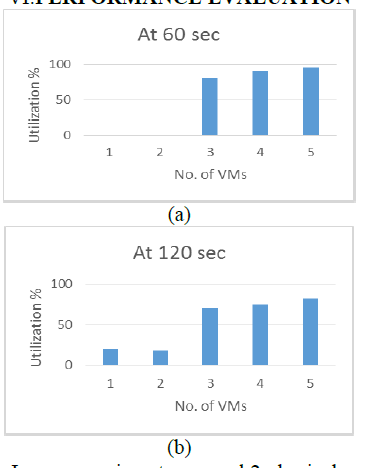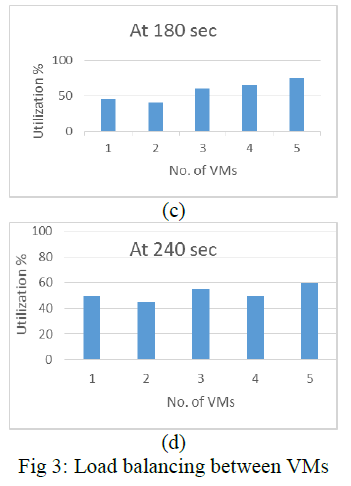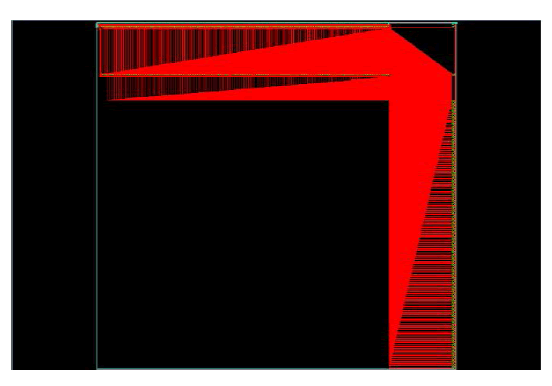ISSN ONLINE(2319-8753)PRINT(2347-6710)
ISSN ONLINE(2319-8753)PRINT(2347-6710)
Mohnesh Singh1, Neelam Rup Prakash2
|
| Related article at Pubmed, Scholar Google |
Visit for more related articles at International Journal of Innovative Research in Science, Engineering and Technology
Earlier a solution for a device for measurement of stress using Electrodermal Activity was provided. As a further challenge to make the device more user friendly for continuous monitoring of Electrodermal Activity an effort to miniaturise the circuit has been made with aim of designing the device in a wristband which can be worn by a person at all times at home or workplace. The aim was to make the device comfortable, light weight and more versatile for logging the data over long periods of time under different stress conditions so that it is available for further clinical correlation medically. Intelligent wearable healthcare system are in demand by the health care industry. This paper therefore presents a solution of miniaturised device to measure stress by monitoring the Electrodermal Activity.
Keywords |
| Data Logging , Electrodermal Activity, Microcontroller, Miniaturisation, Serial Communication, Stress, Wearable Sensor, Wireless Communication. |
INTRODUCTION |
| The trend of miniaturisation has been constantly improving since over a half century. Miniaturisation technology began with the third industrial revolution in 1947. In 1982 the first transistor was developed which led to the miniaturisation by microsystem technology. By 1995 the miniaturisation transformed to the nanotechnology that is manufacturing devices to a nanometer scale i.e 10‾ïÿýïÿý meters. This involves highly sophisticated techniques of electronic packaging which implies interfacing the IC’s with other components. The ultimate emphasis is on the reduced size, light weight, low cost, high functionality, ease of connectivity and use [1]. |
| Keeping in view the above mentioned aspects it was important to make the stress monitoring device with least form factor and ease of use by a person without hindering his activities at home or workplace. It was therefore decided to make the device wearable as a wristband with embedded miniature electronic circuits so as to achieve continuous monitoring of the stress levels through detection of Electrodermal Activity. |
DESIGN AND DEVELOPMENT OF PROTOTYPE |
| Previously a functional portable prototype was developed but it was not convenient to constantly carry the device while working at home or workplace. The design was therefore further improved upon by miniaturisation of the circuits. The basic functional block diagram of the stress monitor is as shown below at Figure 1. |
 |
| Figure 1 : Block Diagram of Stress Monitor |
| The major challenge faced was to miniaturise the Filtration and Amplification circuit and further interface it with a smaller microcontroller. In the earlier designed device an Arduino UNO microcontroller was used which now we have replaced with a smaller Arduino Promini ATmega chip. The filtration and amplification circuit was earlier based on conventional electronic components on a general purpose PCB which had a large form factor and could not be embedded into a wearable band. The filtration and amplification of raw EDA signals is essential to reduce the external noise levels and get a refined analog value which can be processed through the microcontroller. |
| 1. Designing of Filter and Amplifier Circuit |
| An important aspect to be considered in the above block diagram is the filtration and amplification circuit for the raw analog EDA signal. The AC power line noise is in the range of 50Hz to 60Hz which is likely to interfere with the EDA sensor. Further, as the skin is stretched under the electrode it would change the electrical properties of skin and interface, thus introducing additional noise at low frequency. Hence it is imperative to have a high and low pass filter circuit which creates a band pass for skin conductance signal. This filtered signal is then amplified suitably to be processed through the microcontroller. Keeping the above aspect in view the circuit at Figure 2 below has been designed. The skin resistance is ideally considered to be in between 100K and 3M, therefore a voltage divider bridge is employed at the input using a 1M resistance so as to limit the current flowing at the input of the circuit to microamperes. The circuit is designed with a dual Op amp IC MCP6002. The first stage of Op amp senses the EDA signal from the skin probe which is filtered through a High Pass Filter before entering the inverting input. A feedback circuit across the first Op amp acts as a Low Pass Filter. Before the second stage Op amp a resistor of 1K is used and across the second Op amp a 100K resistor is used so as to obtain a gain of 100 at final pin output. The LED placed at the final output is an indicator of sensing the EDA signal.An important aspect to be considered is the type of electrodes being used to measure the EDA. It is recommended that Ag/AgCl sensors are most suitable but due to cost constraints we have gone in for Al sensors which can be used as electrode rings or Al foil wrapped in a Velcro tape so as to give a firm contact at the fingertips. |
 |
 |
 |
MAKING THE DEVICE WEARABLE |
| Once the miniaturisation of the electronic circuit has been achieved, the next step is package the circuitry in such a way that the device is wearable for long term continuous monitoring of the EDA activity. Great deliberation is required in making the device comfortable to wear and the suitable placing of sensor electrodes. A convenient method was found in embedding the PCB on a wristband which can be easily strapped on and using Velcro tape to fix the electrodes on the fingertips. Although our ultimate aim is to design a wrist watch with embedded electronics but this would involve further miniaturisation of the circuits and integrating the various modules so as to have a single module on a PCB with minimum footprint. Due to resource constraints this could not be achieved presently but future work in this direction is being progressed. |
DATA LOGGING AND MONITORING |
| The value obtained at the serial output gives the voltage value whereas we require the skin conductance value. The unit of skin conductance is microSiemens. As per Ohm’s law, resistance is equal to voltage divided by current, therefore conductance is the reciprocal of resistance and equals current divided by voltage. The unit of resistance is the Ohm (Ω), and the preferred unit of conductance is microSiemens (μS). It is the reciprocal of MegaOhm. We have incorporated this factor in the code uploaded in the Arduino microcontroller. The serial output has been obtained on the Arduino software as well as open source TeraTerm software give the serial output with Bluetooth connectivity. The graphical output of the EDA can be obtained in the Processing software and data can be logged on RealTerm open source software and save on the PC/laptop for further clinical correlation. |
| Another open source software MakerPlot has been found user friendly for data monitoring and logging. Customised interface can be designed on this software for a particular research activity and sensor. A screenshot of the same is depicted at Figure 8 below. |
 |
| Figure 8: Screenshot of graphical and serial reading on MakerPlot |
CONCLUSION |
| Stress is one of the major ailments affecting all age groups in the present environment and it is a key contributor to physical and physiological health problems. Stress has been found to affect the human body systems such as nervous system, musculoskeletal system, respiratory system, cardiovascular system, endocrine system, gastrointestinal system and reproductive system. The body systems tend to malfunction under high stress conditions and thus affect our daily activities significantly. |
| In this paper we have tried to present a wearable device with ability to perform long term, insitu, comfortable monitoring of the Electrodermal Activity with specific aim to determine the stress levels in a patient. The computer technology and miniaturisation of electronic circuitry has been effectively used to give a solution for a low cost unobtrusive wearable sensor for stress monitoring. |
References |
|